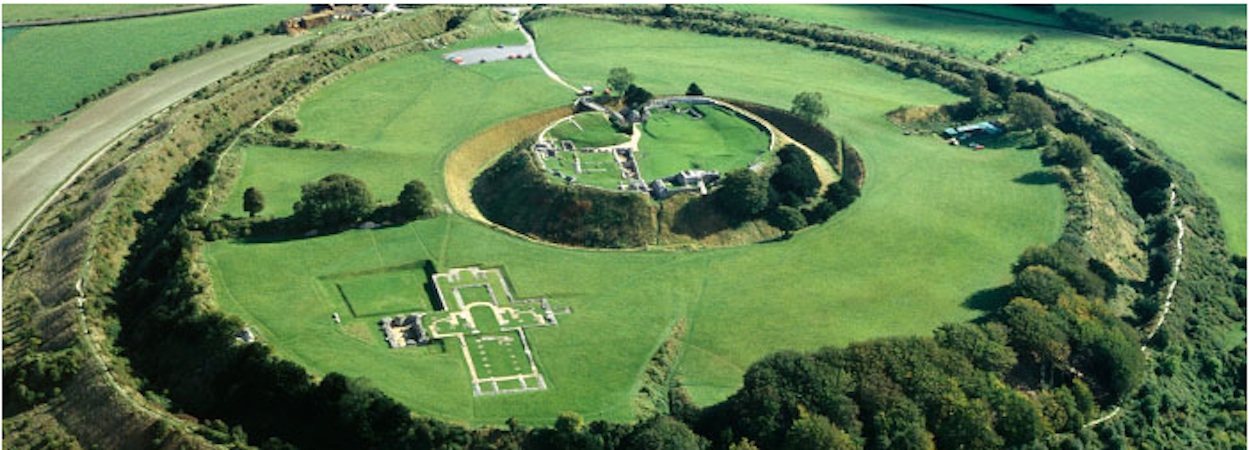Medieval City's Underground Ruins Discovered in England

Archaeologists have uncovered the network of a medieval city in England that dates back to the late 11th century.
The settlement, which includes a cathedral and a castle, is located at the historic site of Old Sarum, near Salisbury. In its heyday, the city thrived for about 300 years, but eventually declined in the 13th century, with the Roman conquest and the rise of New Sarum, the researchers said. Archaeologists have long known that the medieval city existed in Old Sarum, but this is the first detailed layout of the city ever created.
"Our survey shows where individual buildings are located and from this we can piece together a detailed picture of the urban plan within the city walls," Kristian Strutt, an archaeologist from the University of Southampton who is working on the site, said in a statement. [The 7 Most Mysterious Archaeological Finds on Earth]
Strutt and the team discovered a series of huge structures that line the southern edge of the city's outer wall. The archaeologists think the structures are remnants of large defensive buildings that were designed to protect the city.
The team also found evidence of residential homes clustered in the southeastern and southwestern corners, between the outer and inner city walls. Old mineral deposits scattered throughout the site may be remnants of kilns or furnaces. Some evidence suggests the city may have been lived in again for a brief period after the 1300s.
The Old Sarum site belongs to English Heritage, an organization that advises the English government on historical sites. Because English Heritage wants to preserve the site, Strutt and the team of researchers didn't rely on traditional, Indiana Jones-style excavation tools. Instead, the researchers scanned the site using a series of noninvasive, high-tech survey techniques.
Archaeology tools have grown increasingly more sophisticated, and archaeologists are even using 3D-printed drones to explore sites now. For the Old Sarum survey, the team started by using magnetometry, a method that measures patterns in magnetic field strength. Magnetometry can create a map of features lying just below the Earth's surface, since every material has a unique magnetic property that leaves its own distinct signature on a magnet reader. The researchers also used ground-penetrating radar (GPR), which fires Earth-penetrating microwaves at the ground and measures signals that reflect off structures lying below the surface.
Get the world’s most fascinating discoveries delivered straight to your inbox.
The team also used a method called electrical resistivity tomography (ERT). ERT is a noninvasive way to get a picture of structures that might be buried deeper than magnetometers or GPR can detect. The method involves strands of electrodes lowered into deep boreholes. The electrodes can pick up the electrical resistance of currents that pass through materials buried below the surface.
Follow Kelly Dickerson on Twitter. Follow us @livescience, Facebook & Google+. Original article on Live Science.

 Live Science Plus
Live Science Plus





